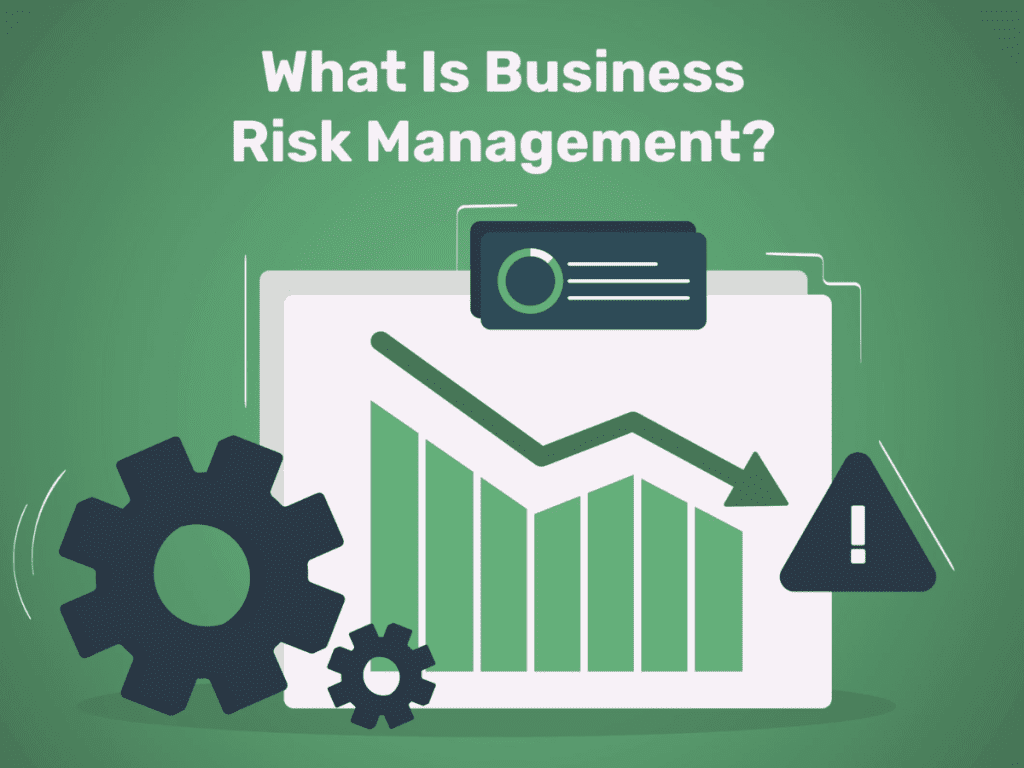Introduction
Health insurance is a vital tool for managing medical expenses and safeguarding your financial future. However, the cost of premiums, deductibles, and out-of-pocket expenses can be overwhelming, leaving many people without coverage. If you’re among those who feel they can’t afford health insurance, there are still options and strategies to explore. This guide will walk you through practical steps to ensure access to healthcare without breaking the bank.
Why Health Insurance Matters
Before delving into alternatives, it’s crucial to understand why health insurance is important:
- Financial Protection: Medical bills can be exorbitant, especially for emergencies or chronic conditions. Health insurance limits your out-of-pocket costs and protects you from financial ruin.
- Access to Care: Insurance ensures you have access to necessary treatments, medications, and preventive services.
- Peace of Mind: Knowing you’re covered allows you to focus on your health instead of worrying about costs.
Assessing Your Situation
If health insurance feels unaffordable, start by evaluating your current financial and healthcare needs:
- Review Your Income:
- Calculate your monthly income and expenses to determine how much you can realistically allocate toward health insurance.
- Analyze Your Healthcare Needs:
- Consider how often you visit doctors, require medications, or anticipate needing medical services in the future.
- Understand Penalties and Risks:
- While the federal individual mandate penalty was eliminated in 2019, some states still require health insurance and impose penalties for being uninsured. Research your state’s regulations.
Exploring Low-Cost Health Insurance Options
If traditional health insurance seems out of reach, there are alternative options to consider:
- Medicaid and CHIP (Children’s Health Insurance Program):
- Medicaid provides free or low-cost health coverage to low-income individuals and families. CHIP extends coverage to children in families that don’t qualify for Medicaid but can’t afford private insurance.
- Eligibility: Varies by state but generally based on income and household size.
- How to Apply: Visit your state’s Medicaid website or healthcare.gov for guidance.
- Health Insurance Marketplace Subsidies:
- The Affordable Care Act (ACA) offers premium tax credits and cost-sharing reductions for low- and middle-income individuals purchasing insurance through the marketplace.
- Eligibility: Based on income relative to the federal poverty level (FPL).
- How to Apply: Use the marketplace website to compare plans and determine your eligibility for subsidies.
- Catastrophic Health Plans:
- Designed for individuals under 30 or those with financial hardships, these plans offer low premiums and high deductibles.
- Coverage: Provides essential health benefits and protection against worst-case scenarios but requires you to pay most routine costs out-of-pocket.
- Short-Term Health Insurance:
- Temporary plans that provide limited coverage for emergencies and major illnesses.
- Considerations: These plans often exclude pre-existing conditions and preventive care.
- Medicare Savings Programs:
- For individuals eligible for Medicare but struggling to afford premiums or other costs, programs like Qualified Medicare Beneficiary (QMB) can help.
- How to Apply: Contact your state’s Medicaid office for details.
Utilizing Community Resources
If insurance options remain unaffordable, community-based resources can help bridge the gap:
- Free or Low-Cost Clinics:
- Federally Qualified Health Centers (FQHCs) and community health clinics provide affordable medical, dental, and mental health services based on income.
- How to Find: Search online or use resources like the Health Resources and Services Administration (HRSA) locator.
- Patient Assistance Programs (PAPs):
- Offered by pharmaceutical companies, PAPs provide free or discounted medications to eligible individuals.
- How to Apply: Visit the websites of medication manufacturers or use services like NeedyMeds.
- Nonprofit Organizations:
- Many nonprofits, such as the American Cancer Society or National Association of Free & Charitable Clinics, assist with specific healthcare needs.
- State and Local Programs:
- Some states and counties offer health programs for residents who don’t qualify for Medicaid or marketplace subsidies.
Negotiating Medical Costs
If you’re uninsured and need medical care, don’t hesitate to negotiate costs with providers:
- Ask About Discounts:
- Many hospitals and clinics offer sliding-scale fees or discounts for uninsured patients.
- Request Payment Plans:
- Negotiate manageable monthly payments for large medical bills.
- Shop Around:
- Compare costs for non-emergency procedures at different facilities to find the most affordable option.
- Use Online Tools:
- Websites like Healthcare Bluebook or GoodRx provide cost estimates and discounts for medical services and medications.
Staying Healthy Without Insurance
Preventive care is vital when you’re uninsured to avoid costly medical emergencies:
- Prioritize Wellness:
- Maintain a healthy diet, exercise regularly, and get enough sleep to reduce the risk of chronic conditions.
- Access Free Screenings:
- Look for free or low-cost health fairs offering screenings for blood pressure, cholesterol, or diabetes.
- Utilize Telehealth:
- Online consultations are often more affordable than in-person visits for minor health concerns.
- Educate Yourself:
- Learn about symptoms and conditions to identify when professional care is necessary and when home remedies may suffice.
Planning for the Future
While immediate solutions are essential, long-term planning can help ensure better access to health insurance:
- Increase Your Income:
- Explore opportunities for additional income, such as part-time jobs or gig work, that may provide access to employer-sponsored health insurance.
- Budget for Coverage:
- Reevaluate your spending to allocate funds toward health insurance. Small sacrifices in other areas can lead to significant benefits.
- Improve Health Literacy:
- Educate yourself about insurance terms, options, and enrollment periods to make informed decisions.
- Take Advantage of Open Enrollment:
- If your financial situation improves, enroll in a marketplace plan or employer-sponsored insurance during the annual open enrollment period.
The Role of Policy and Advocacy
The high cost of health insurance is a systemic issue that requires broader solutions. Here’s how policy changes and advocacy efforts can help:
- Expansion of Medicaid:
- Advocating for Medicaid expansion in non-expansion states could provide coverage to millions of low-income individuals.
- Subsidy Enhancements:
- Increasing marketplace subsidies can make health insurance more affordable for middle-income families.
- Public Awareness Campaigns:
- Educating the public about available resources and programs can help more people access affordable care.
- Community Support:
- Joining local or national advocacy groups can amplify your voice in pushing for healthcare reforms.
Conclusion
If you feel you can’t afford health insurance, it’s essential to remember that there are resources and strategies available to help. From exploring Medicaid and marketplace subsidies to utilizing community clinics and negotiating medical costs, there are numerous ways to access healthcare without insurance.
While immediate solutions can alleviate your current situation, long-term planning and policy changes are key to ensuring sustainable access to healthcare. By taking proactive steps, staying informed, and advocating for systemic reforms, you can work toward a future where health insurance is within reach for everyone.

